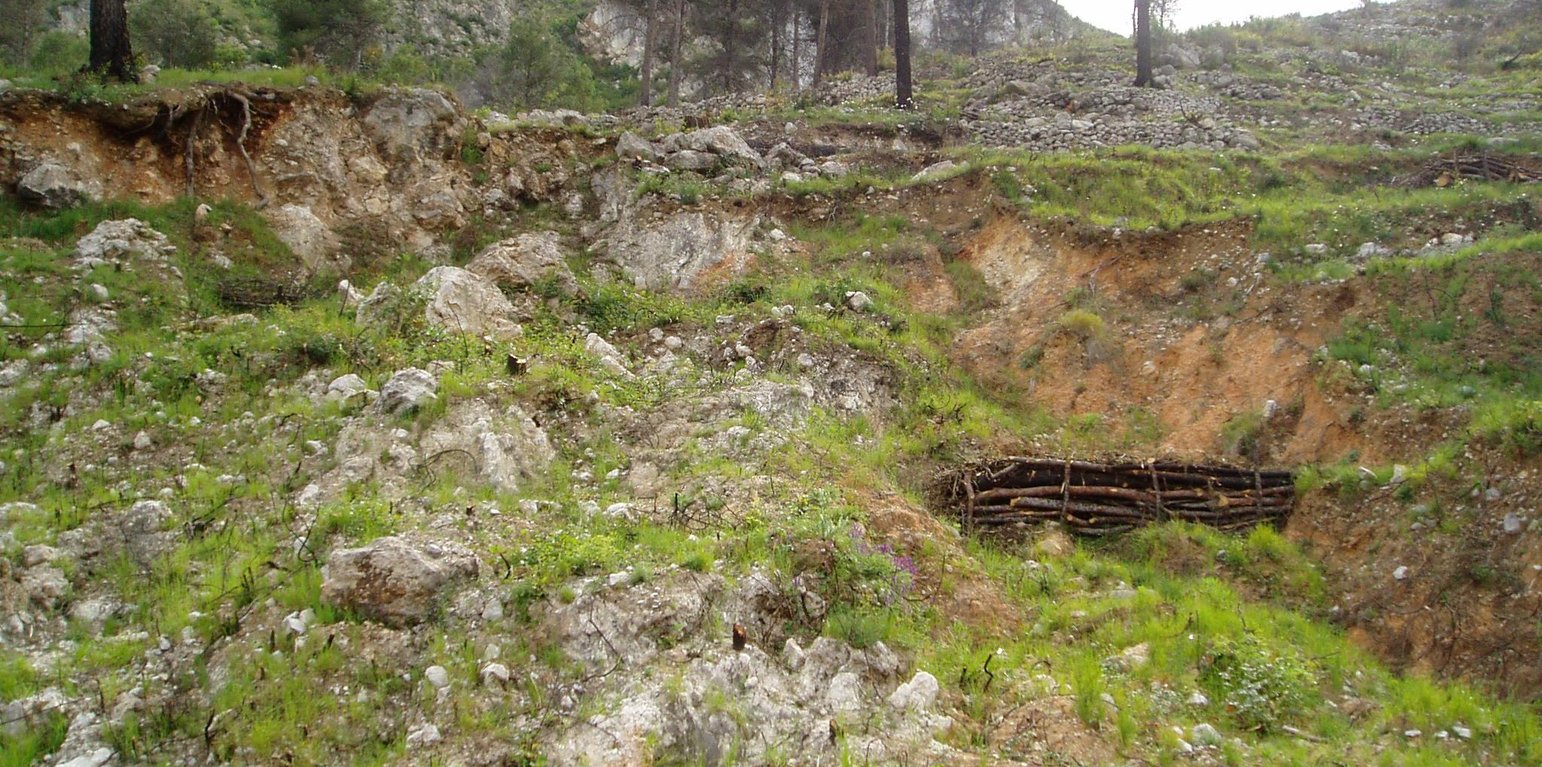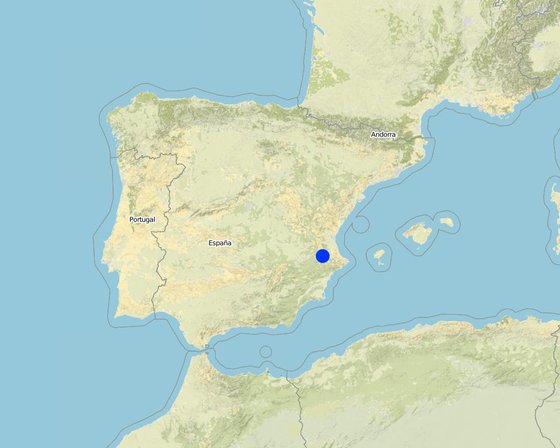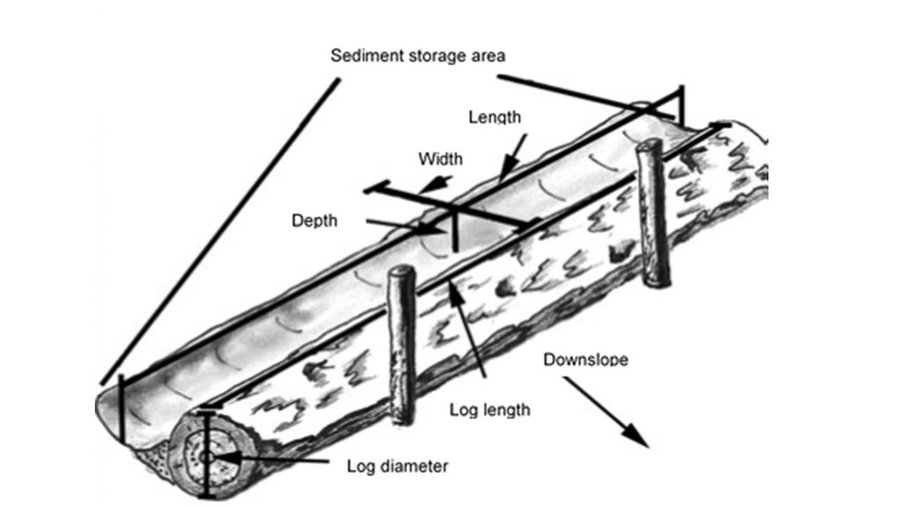



A foreseen wildfire is expected for the summer 2015 in the Caroig mountain range. Area was afforested by Aleppo pines during last XX century and nowadays landscape is composed by mature Aleppo pines at different stages of development and, the understory shrub vegetation.
The research team of the University of Valencia will implement an experiment based on the contour-felled log erosion barriers technique to capture and measure post-fire soil losses in a natural burned landscape
Purpose of the Technology: Contour-felled log erosion barriers are designed to increase detention and infiltration of overland flow, thereby reducing runoff and sediment transport capacity
Establishment / maintenance activities and inputs: The standard installation technique consists of felling burned trees and laying them on the ground along the slope contour. Each log is anchored in place and gaps between the log and the soil surface are filled with soil to create a storage basin on the upslope side of the log where overland flow is trapped
Natural / human environment: The Aleppo pine trees in the region are typically planted as monoculture for wood production. The landscape reflects a long history of intense land management, with a mosaic of (semi-)natural and man-made agricultural (terraces) and afforested lands. Since the 1970´s, however, wildfires have increased dramatically in frequency and extent, driven primarily by socio-economic changes.

Location: Valencia, Spain, Spain
No. of Technology sites analysed:
Spread of the Technology:
Date of implementation: 10-50 years ago
Type of introduction



Technical specifications
Author: Gonzalez-Pelayo, Oscar, University of Valencia. Dept. of Geography. Blasco Ibañez 28, 46010. Valencia, Spain
Diagram of the contour felled log erosion barriers. Extracted from P. R. Robichaud, J. W. Wagenbrenner, R. E. Brown, P. M. Wohlgemuthand J. L. Beyers. 2008. Evaluating the effectiveness of contour-felled log erosion barriers as a post-fire runoff and erosion mitigation treatment in the western United States. International Journal of Wildland Fire, 17: 255-273.
Location: Valencia. Spain Date: 06/05/2013 Technical knowledge required for field staff / advisors: high (Qualification is mandatory in order to choose landscape area to implement and how to do.) Technical knowledge required for land users: moderate Main technical functions: control of dispersed runoff: retain / trap, control of concentrated runoff: retain / trap, sediment retention / trapping, sediment harvesting Construction material (wood): Partially burned logs are utilized for barriers contruction |
|||||||||||